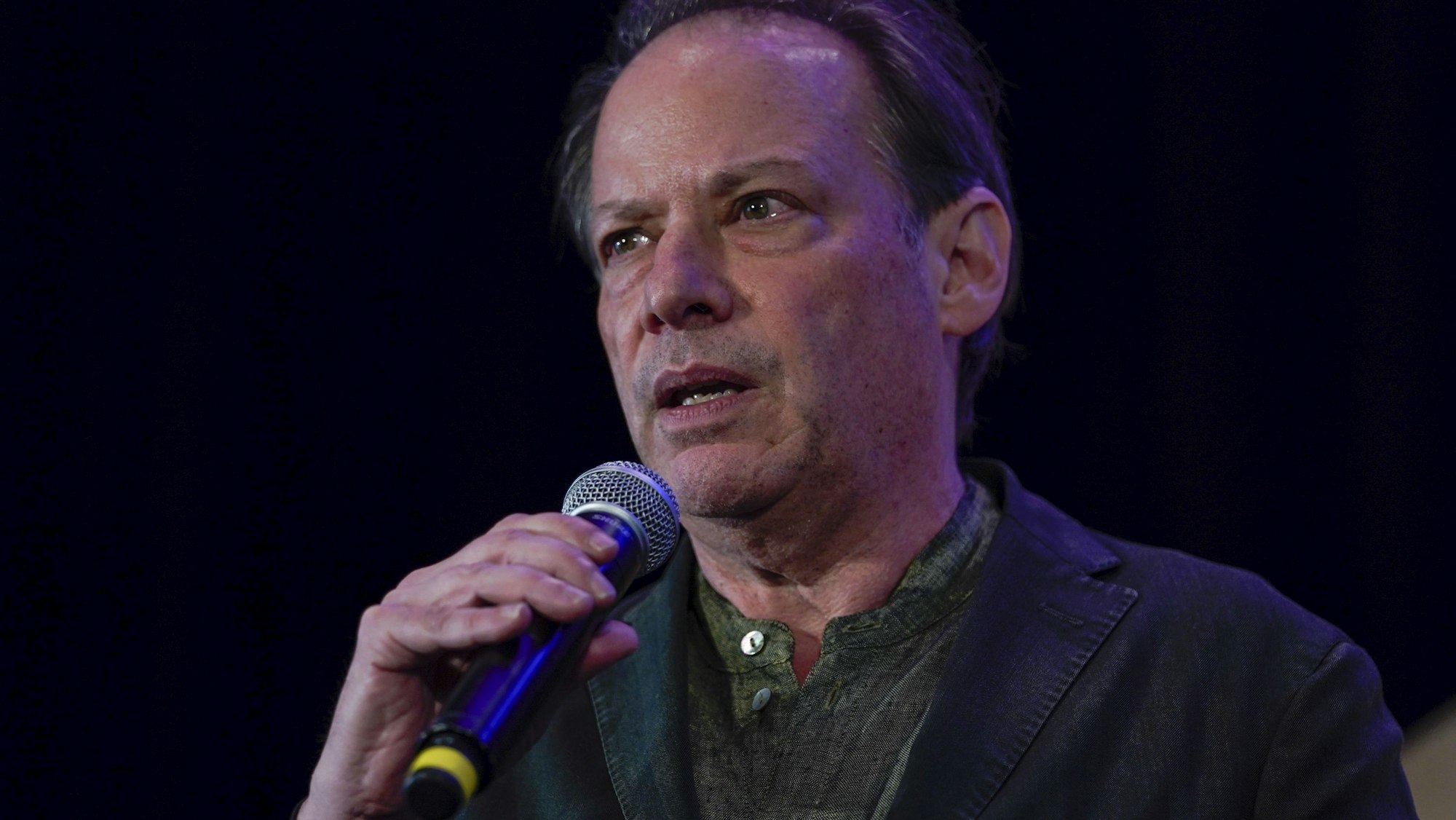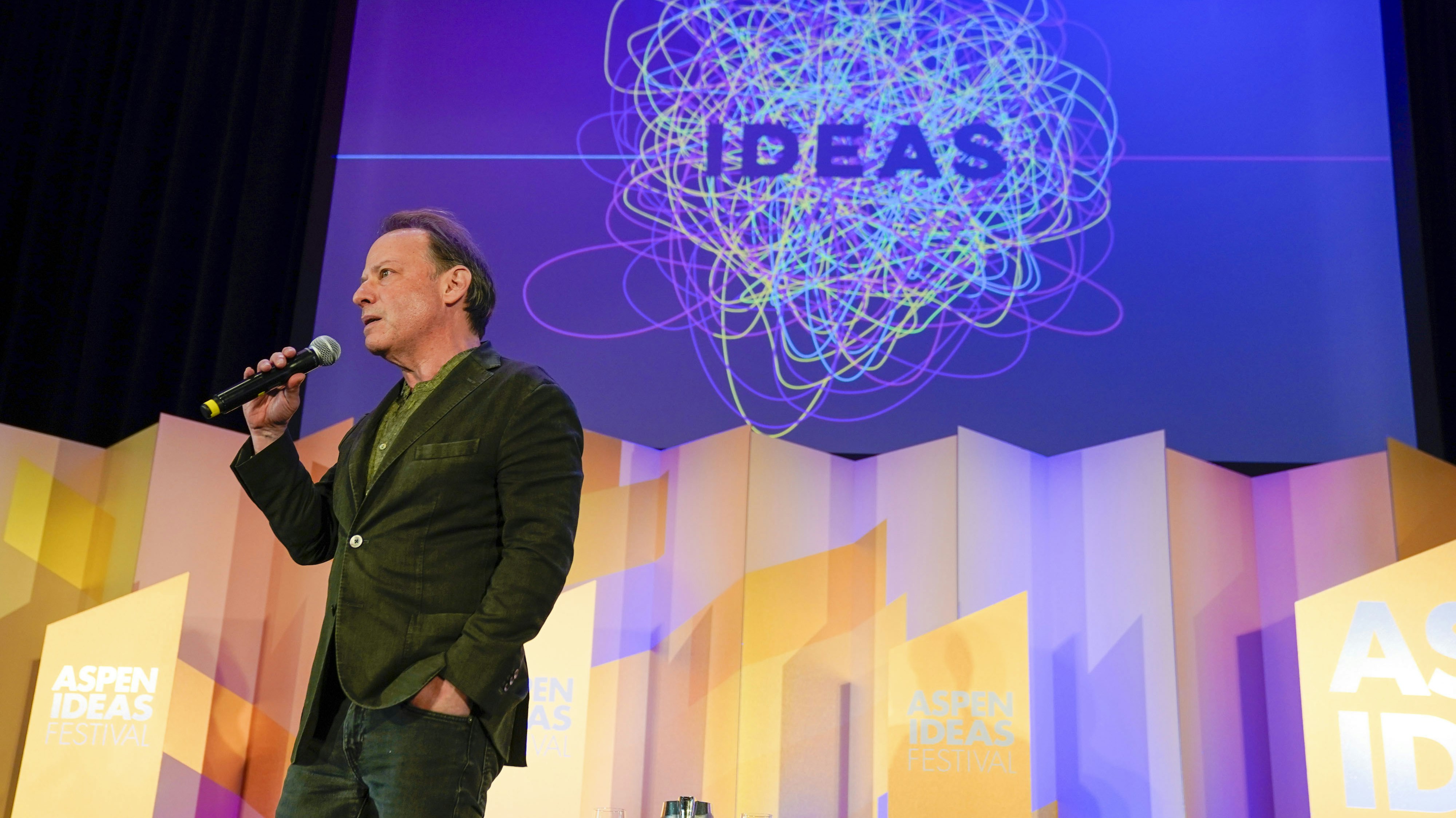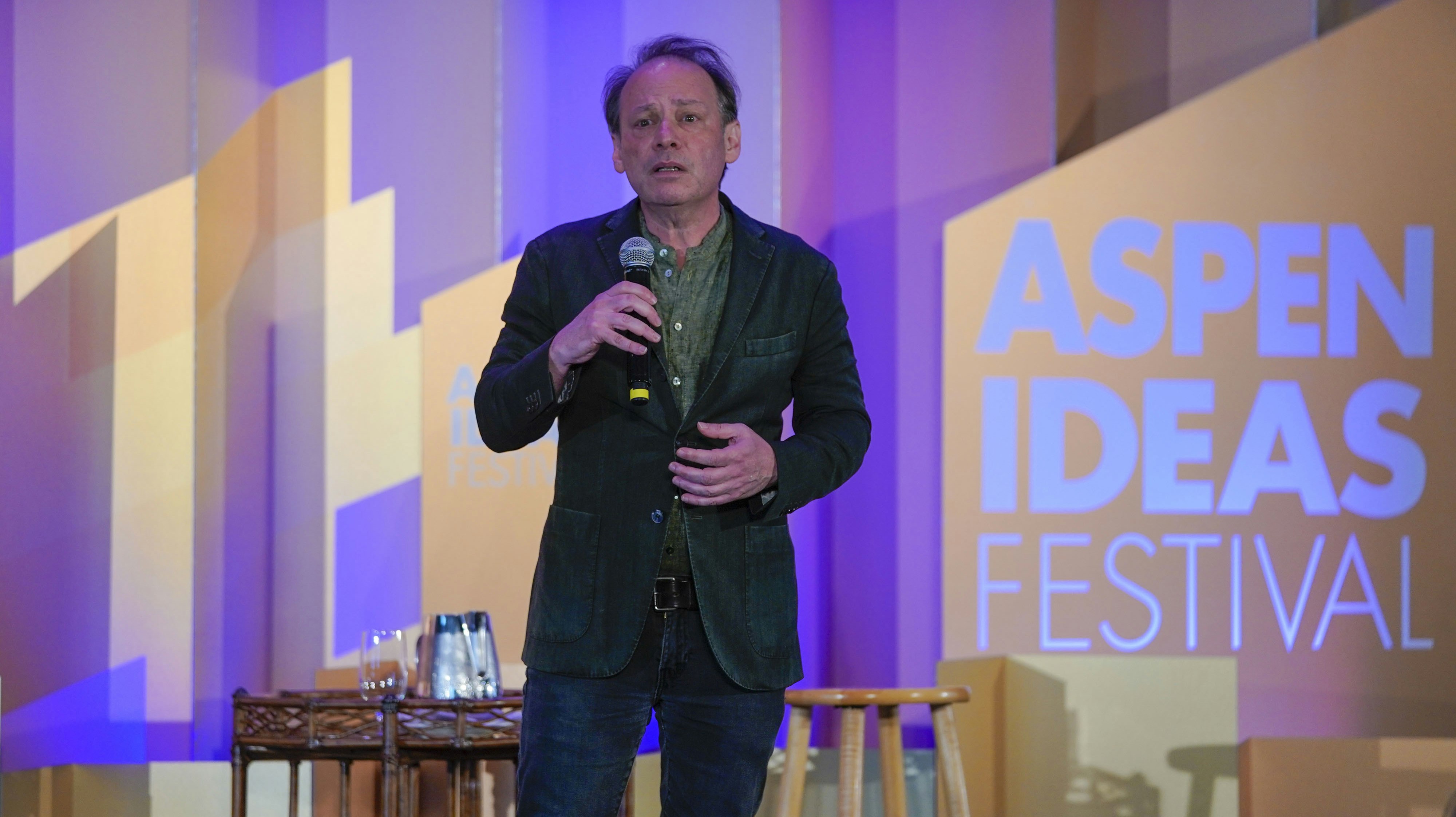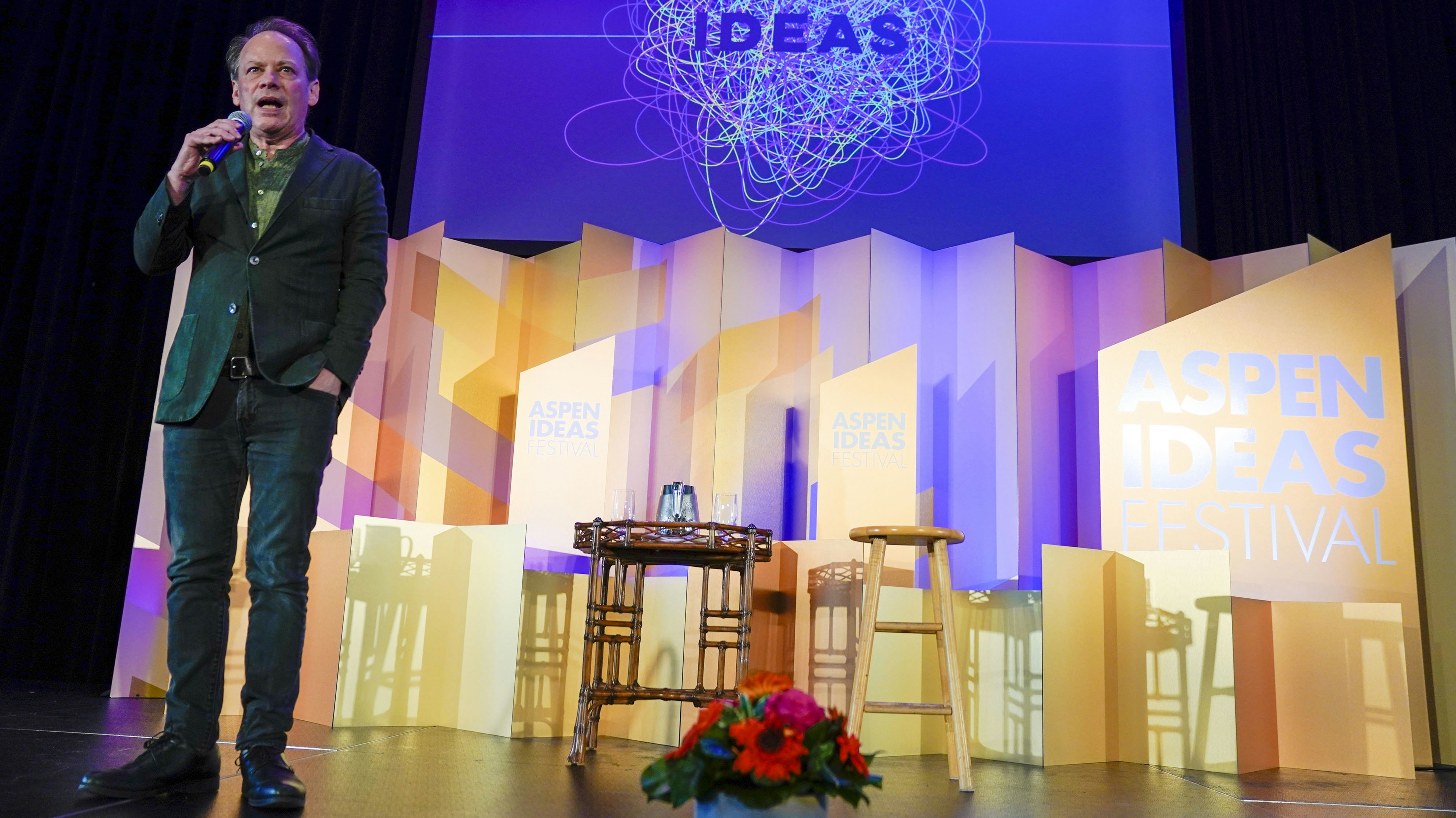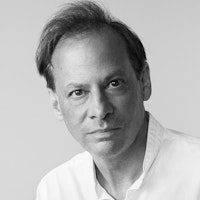
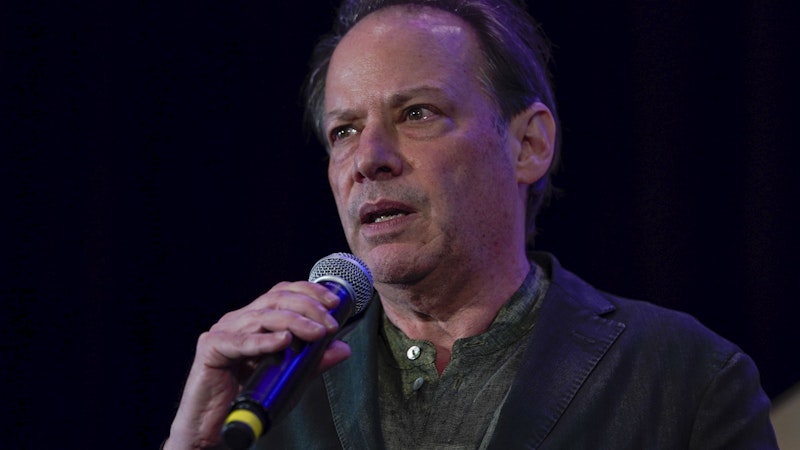
A Thousand Small Sanities
Setup
Where does classical liberalism come from? What comfort and lessons are we to take from our forebearers? In the aftermath of the 2016 election, acclaimed author and essayist Adam Gopnik traced the moral and philosophical trajectory of liberalism as a way to contextualize the election for his daughter. Gopnik takes the audience on a tour of the great places and people who crafted and furthered the liberal vision. From the Mills and Middlemarch to the Civil Rights Movement, Gopnik tells intertwining stories of the great thinkers of modern liberalism with an eye on coping with our present.
The Mills: nobody wins unless everybody wins
John Stuart Mill gained a reputation during his life and after as a champion of social equality and free speech, across race and gender — a truly radical proposition during the 1800s. But Harriet Taylor Mill, John Stuart’s wife and a brilliant thinker who has gone largely unrecognized as such, was the force pushing John Stuart’s unprecedented feminism:
Together, the Mills crafted a theory of classical liberalism that leans headlong into the inherent conflict between expanding freedoms and total equality. That’s not to say the Mills solved the conflict, since US society in the 21st century is still trying to decide whether freedom should include the freedom to discriminate. But the Mills embraced a compromising vision of classical liberalism that Gopnik compares to tightrope walking: balancing on the rope and walking forward are mutually necessary, not in conflict.
Big Idea[The Mills] saw the project of liberalism to be able to keep in balance the demands of individual liberty of the most absolute kind and the dream of social equality of the most radically egalitarian sort.Adam Gopnik
Adam Smith: capitalism’s forgotten roots
We’ve forgotten what capitalism used to be all about, says Adam Gopnik. Modern capitalism promotes a sort of cutthroat individualism, but Gopnik says that’s not what capitalist thinkers like Adam Smith ever intended. Ironically, Gopnik explains that Smith thought free markets could only flourish in a strong, socially cohesive society with powerful institutions.
Did you know?
“It isn’t that markets make men and women free,” explains Gopnik, “it’s that free men and women are able to move towards markets.” Smith claimed that free markets are weaker without strong social institutions supporting a free and fair society, a sentiment Gopnik says has largely been lost over time.
Evans and Lewes: Middlemarch and a sewer
While Mary Anne Evans was writing Middlemarch under the name George Eliot, her husband George Henry Lewes was helping to build London’s first sewer system. Adam Gopnik explains how these two projects, despite having little else in common, represent a particular strain of liberalism:
Evans and Lewes subscribed to a kind of incremental liberalism of process; that is, all of society doesn’t need to change all at once. London’s sewer was an undeniable improvement, but it didn’t upend society. Evans’ Middlemarch shows how transformation happens over time, in small ways. Evans and Lewes embodied a pragmatic liberalism that marches with a stubborn steadiness towards social progress.
Frederick Douglass: the rebel statesman
Frederick Douglass, to Adam Gopnik, is the greatest of all Americans. Despite being a victim of the country’s’ gravest sin, slavery, Douglass sought a theory of social change that embraced the very institutions that forced him into chattel slavery in the first place. He was a fierce constitutionalist who spent his life trying to reform the document’s flaws, not destroy it because of them:
It wasn’t easy for Douglass to choose this route. Firebrands like John Brown were pushing violence over governance, and many questioned why Douglass would participate in a system so obviously designed to exclude him. Douglass saw that there was hope in process, and he made it his life’s work to reform the system from the inside out.
Learn More
Additional Information
Resources
A Thousand Small Sanities: The Moral Adventure of Liberalism by Adam Gopnik
Explore More
Society


For years, Yale undergraduate students have lined up to take a wildly popular course called Life Worth Living. Bucking the highly competitive tone you might expect at an Ivy L...

Museums are typically testaments to the past, but a growing number are using exhibitions to shape our response to the future—specifically to climate change. Museum leaders wil...

Storytelling, music, animation, and podcasts! Watch the magic of innovative content being born as creatives pitch their ideas to a panel of Planet Media judges, each hoping to...

Global conflicts and health crises have put into stark relief deeply-ingrained gender roles in society. Yet the past years have also seen record-high numbers of women running...


The world seems to be moving and evolving faster than ever before, and democratic ideals are under threat in many countries around the globe. New York Times columnist and jour...

How is constitutional law being harnessed to address climate change? Ahead of Aspen Ideas: Climate, we caught up with Andrea Rodgers, Senior Attorney at Our Children's Trust,...


History has the power to teach us what to do in the present, but do we actually make good use of that tool? Many events in our recent past might suggest otherwise. American hi...


After millennia of human existence, we’re still figuring out and talking constantly about one of our most fundamental behaviors – sex. Despite the sexual revolution of the 60s...

Of course, Black history shouldn’t just be a month-long nod on our yearly calendar — it is inextricable from American history and fundamental to the very soul of our nation an...


Teenagers and young adults today are dealing with challenges their parents never experienced and couldn’t have prepared for. Nobody has a map and the road to resolution can be...

The unflinching humanity and morality that Martin Luther King, Jr. embodied is part of what makes his legacy so lasting. In addition to his preeminent civil rights work, he sp...


William Shakespeare started writing plays in an era when popular theater was exploding and cementing its place in culture. Audiences spanned economic classes, professions and...

Whether you love setting New Year’s resolutions or ignore them entirely, there’s still a certain mix of nostalgia and excitement over the ending of one year and the possibilit...


Living a happy life isn’t as simple as having a smile on your face all the time. We often think that our negative emotions should be minimized and repressed, but acknowledging...

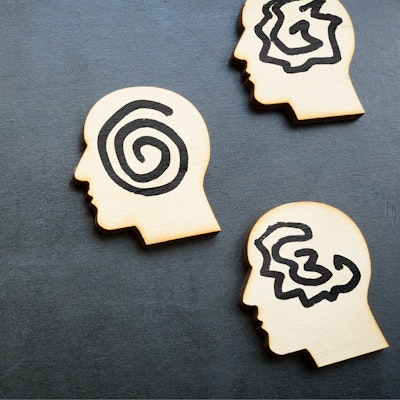
The human capacity for empathy allows us to communicate, collaborate and understand each other. But we all know empathy isn’t always easy, and we can feel worn down by the eff...


The stories we hear about migrants trying to escape difficult circumstances tend to focus on hardship, conflict, statistics and policy. We rarely get a deep look at any of the...


When Duke divinity school professor Kate Bowler wrote her best-selling memoir, “Everything Happens for a Reason (and Other Lies I’ve Loved),” she was grappling with the conseq...


For adults, the pressure to drink at social engagements, work events, restaurants or almost anywhere outside the home can feel constant. Recent research has found that “no amo...

Whether expressed through systems that are easy to navigate, devices that are friendly to their users, and spaces that are pleasing to the eye, thoughtful design can break dow...


In today’s world, we tend to switch jobs more frequently than previous generations, and are more likely to have multiple jobs. Side gigs where we express passions or find mean...


